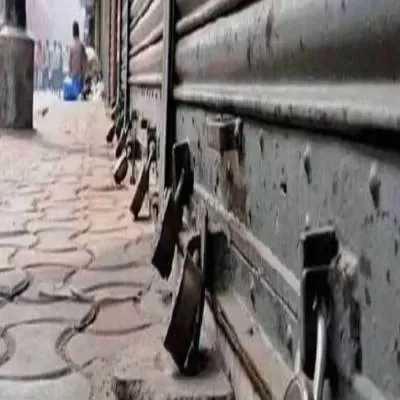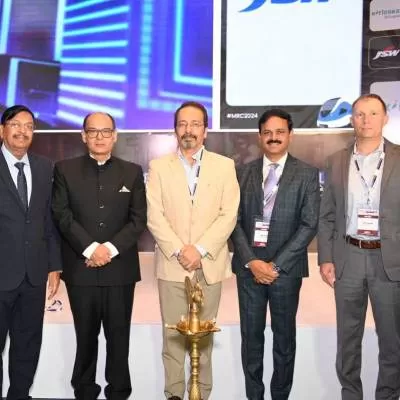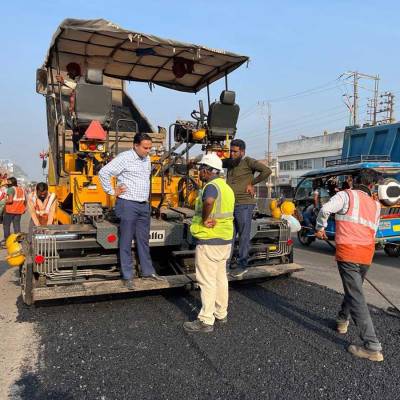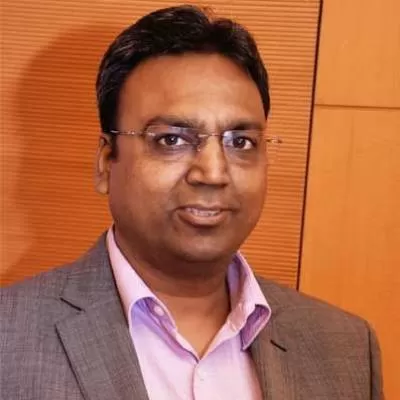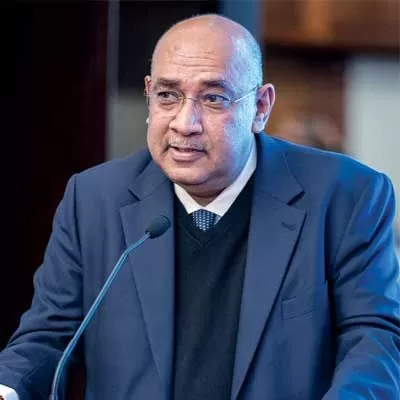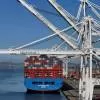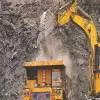- Home
- Infrastructure Urban
- ECONOMY & POLICY
- By 2014, we should be back with a 20 % plus growth rate
By 2014, we should be back with a 20 % plus growth rate
With a large distribution and collection network coupled with high risk appetite, Shriram Equipment Finance Company (SEFC) offers an edge in retail segment financing. Pratap Paode, CEO, Shriram Equipment Finance Company shares his viewpoints on the market scenario and the company's policies.
How do you assess the current CE market scenario and its growth prospects?
The government is expediting project clearances and clearing various bottlenecks related to land acquisition, environment, etc, but the results are still not visible. High interest costs coupled with banks not being comfortable in financing road and power projects is adding to the woes. Mining, port activities and real estate continue to have a negative impact on construction equipment off-take. In the coming two quarters and probably for the next 15-16 months, growth in CE market is expected to remain muted. However, by end of the calendar year 2014, we should be back with a 20 per cent plus growth rate and should sustain for the next four years, unless there are any local or global surprises.
Which are the major areas to be addressed on a war footing?
The government has to play an active role in ensuring speedy implementation of projects particularly in roads, power and irrigation. This will have a positive bearing on GDP growth, the CE industry will certainly benefit with these investments and execution. The state and central government also need to iron out issues. The ban on mining activities has also come to a standstill which has adversely impacted the country's growth and revenues.
What has been SEFC's strategy to sustain the growth momentum?
Devaluation of currency has certainly put a strain on contractors and financial institutions which had partially hedged ECB's. It also impacted many manufacturers who had lower indigenisation and dependence on high imported parts. With the industry being down and competition being fierce, it hasn't been possible to pass on cost to the buyer. This has added to stress in terms of profitability for manufacturers.
At SEFC, we purely have a local currency borrowing and thus are insulated from FX fluctuations. However, in the last three quarters, the cost of funds has steadily increased for all FIs and one can observe strain on all balance sheets wherein stagnated or lower PATs are reported. High interest cost has also dissuaded many customers from fresh asset acquisitions and has been one of the reasons wherein replacement requirement of assets have reduced. At SEFC, we always make adequate provisions for interest rate variations while lending and hence are insulated from an increase in interest cost by few base points.
What has been SEFC's core focus for providing value addition to its customers?
Any mature market will have intense competition as a product over a period of time becomes a commodity. It is at this point that an innovative and strategic market approach takes centre stage for survival and continued growth. From the financial perspective, there still isn't a demand supply gap in the industry; most lenders have adopted a conservative approach. This has made finance availability a challenge even for genuine buyers but they do not have enough credentials to prove their credit worthiness. SEFC strongly believes in supporting small and medium customers, this has paid us rich dividends both in terms of profitability and growth.
How do you look at the growth potential in another three years and how competent is SEFC to meet the challenges?
We almost see a near zero percentage growth in the CE industry for the next financial year as delayed policy decisions, project clearances, availability of funds and on- coming elections will have an adverse impact. But the industry should recover back to see a 20 per cent Y-o-Y growth thereafter.
SEFC will have a portfolio growth in line and will also keep delinquencies controlled in this intervening period. Once the industry is set on a recovery path, business will be easy for all.
(Communication by the management of the company)
Pratap Paode, CEO, Shriram Equipment Finance Company With a large distribution and collection network coupled with high risk appetite, Shriram Equipment Finance Company (SEFC) offers an edge in retail segment financing. Pratap Paode, CEO, Shriram Equipment Finance Company shares his viewpoints on the market scenario and the company's policies. How do you assess the current CE market scenario and its growth prospects? The government is expediting project clearances and clearing various bottlenecks related to land acquisition, environment, etc, but the results are still not visible. High interest costs coupled with banks not being comfortable in financing road and power projects is adding to the woes. Mining, port activities and real estate continue to have a negative impact on construction equipment off-take. In the coming two quarters and probably for the next 15-16 months, growth in CE market is expected to remain muted. However, by end of the calendar year 2014, we should be back with a 20 per cent plus growth rate and should sustain for the next four years, unless there are any local or global surprises. Which are the major areas to be addressed on a war footing? The government has to play an active role in ensuring speedy implementation of projects particularly in roads, power and irrigation. This will have a positive bearing on GDP growth, the CE industry will certainly benefit with these investments and execution. The state and central government also need to iron out issues. The ban on mining activities has also come to a standstill which has adversely impacted the country's growth and revenues. What has been SEFC's strategy to sustain the growth momentum? Devaluation of currency has certainly put a strain on contractors and financial institutions which had partially hedged ECB's. It also impacted many manufacturers who had lower indigenisation and dependence on high imported parts. With the industry being down and competition being fierce, it hasn't been possible to pass on cost to the buyer. This has added to stress in terms of profitability for manufacturers. At SEFC, we purely have a local currency borrowing and thus are insulated from FX fluctuations. However, in the last three quarters, the cost of funds has steadily increased for all FIs and one can observe strain on all balance sheets wherein stagnated or lower PATs are reported. High interest cost has also dissuaded many customers from fresh asset acquisitions and has been one of the reasons wherein replacement requirement of assets have reduced. At SEFC, we always make adequate provisions for interest rate variations while lending and hence are insulated from an increase in interest cost by few base points. What has been SEFC's core focus for providing value addition to its customers? Any mature market will have intense competition as a product over a period of time becomes a commodity. It is at this point that an innovative and strategic market approach takes centre stage for survival and continued growth. From the financial perspective, there still isn't a demand supply gap in the industry; most lenders have adopted a conservative approach. This has made finance availability a challenge even for genuine buyers but they do not have enough credentials to prove their credit worthiness. SEFC strongly believes in supporting small and medium customers, this has paid us rich dividends both in terms of profitability and growth. How do you look at the growth potential in another three years and how competent is SEFC to meet the challenges? We almost see a near zero percentage growth in the CE industry for the next financial year as delayed policy decisions, project clearances, availability of funds and on- coming elections will have an adverse impact. But the industry should recover back to see a 20 per cent Y-o-Y growth thereafter. SEFC will have a portfolio growth in line and will also keep delinquencies controlled in this intervening period. Once the industry is set on a recovery path, business will be easy for all. (Communication by the management of the company)





